Table of Contents
The mind-boggling projections speak volumes: Erling Haaland would finish the Premier League season on 67 goals if he maintains his current strike-rate and game time – and would extend that to 71 if he played every minute.
If Haaland sustains those metrics and reaches finals in all club competitions, the 22-year-old would register 95 goals this term – or 102 if he was never substituted.
Those figures are based on his average goal-rate across all competitions since the Premier League started, but Haaland could arguably score even more if he played against lower-tier sides in the domestic cups.
Haaland issued a chilling warning to defenders around the country in an interview with Gary Neville before the Manchester derby, saying: “If I time my runs perfectly, I know no one will stop me.”
Indeed, while the Norway international has praised Pep Guardiola’s mystic ability to predict how games play out, Haaland’s statement rang true on Sunday with three perfectly-timed runs and finishes – with Neville labelling the 6ft 4in striker “unplayable” after his third-successive league hat-trick at the Etihad.
So how does Haaland score his goals and how can opponents stop him?
Hitman Haaland
The towering frontman has netted 14 goals from just eight Premier League games, and has also been substituted early in half of those to miss 55 minutes – netting hat-tricks during wins over Crystal Palace, Nottingham Forest and Manchester United.
Those numbers produce a staggering league ratio of 1.89 goals per 90 minutes – more potent than any other player in Europe’s top five leagues this season to have played in excess of 144 minutes.
The chart below plots goals and expected-goal returns for all Premier League players this season and presents the scale of the striker’s early form – soaring clear in both categories.
Several forwards from opposition teams are in consistent form, most notably Harry Kane – but Haaland is doubling, and humbling, the England striker’s figures.
Some critics might claim any established forward would convert bags of goals in Pep Guardiola’s side, based on the sheer quantity of clear-cut chances they create.
However, the Norwegian has also nearly doubled his xG returns, netting six goals more than the 7.63 expected from chances presented to him – another league-topping ratio.
Additionally, Haaland has fired a league-high 20 shots on target, which means his current goal haul equates to one goal from every 1.4 shots on target – underlining the clinical finishing to date.
Key to stopping Haaland?
The shot map below highlights City’s new No 9 has converted eight of his haul from poaching opportunities inside the six-yard box, with another four coming from between the six- and 18-yard lines – while all goals were fired from the central third of the opposition box.
In terms of shot placement, Haaland has an almost perfect conversion rate when firing to the left side of the goal – netting eight of nine shots on target – and scores with around half of his attempts in the centre of the goal and to the right.
Haaland appears to be genuinely unstoppable when in full flow. His acrobatic and aerial ability, coupled with physical height, power and speed, is defying all attempts to nullify his powers – despite opponents being aware of his primary threat down the left-of-centre channel.
All-round game
Haaland had registered his only league assist this term in the 4-0 win over Bournemouth with his first touch of the game, but teed up two Phil Foden goals in the rout against Manchester United to take his tally to three this term.
However, he averages far fewer touches, dribbles and final-third passes than other forwards – a deficiency City and most clubs would gladly trade for his prolific strike-rate.
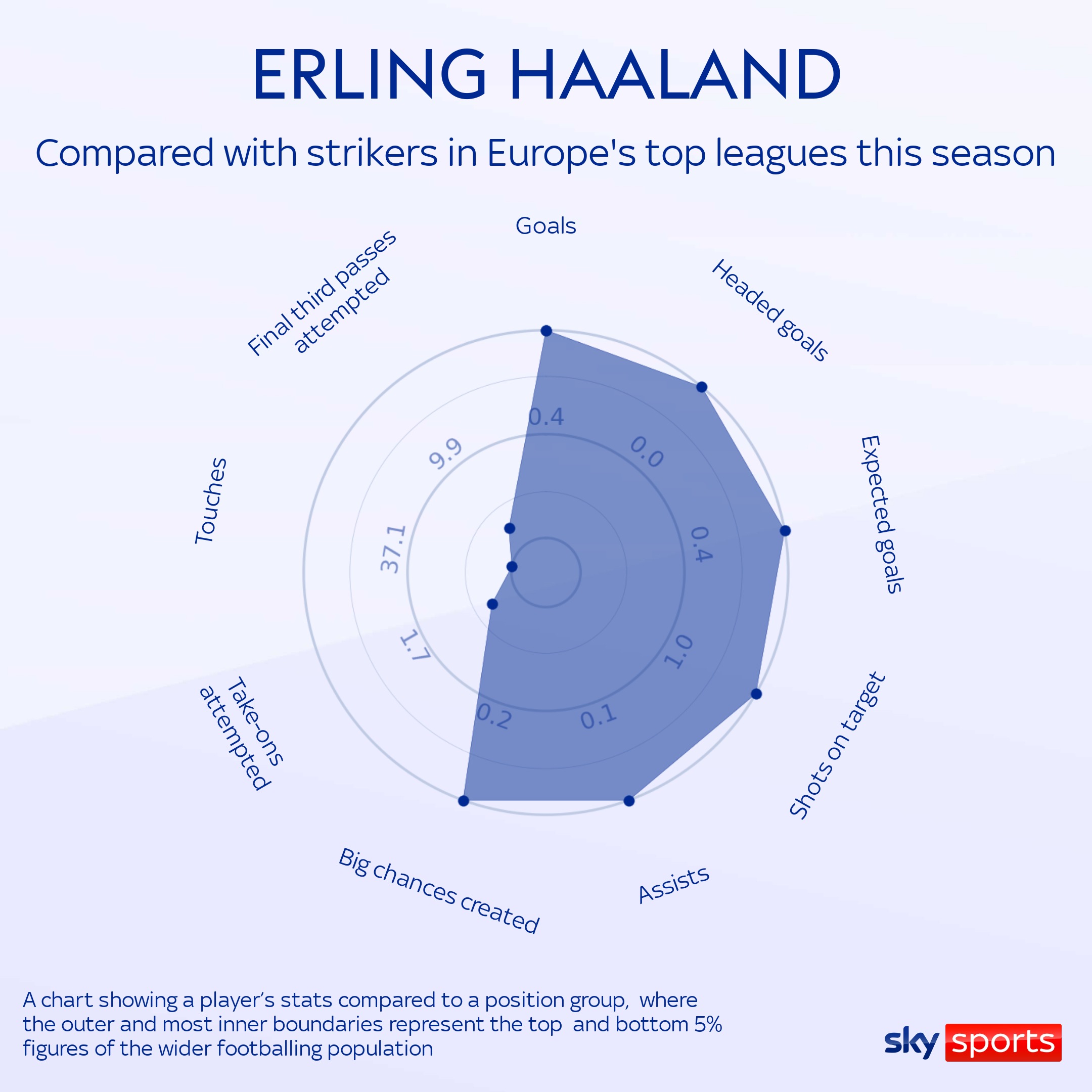
Haaland clocked merely eight touches against the Cherries and currently averages at 13.6 touches per goal – which equates to scoring a goal in seven per cent of his overall actions on the ball.
He tracked back less frequently after the Newcastle game, registering merely seven touches in his own half against Nottingham Forest, Wolves and Villa combined – but dropped deeper frequently against United at the weekend.
In terms of passing, Haaland tends to drift and combine with team-mates across the width of the penalty box, with a slightly higher concentration of exchanges down left-of-centre areas – while creating his most potent chances from central areas just outside the box.
However, his pass for Foden’s second goal on Sunday was of a similar ilk to team-mate Kevin De Bruyne – bending a perfect pass behind the defensive line for the England forward to smash home and make it 4-0 before the break.
Have City changed to accommodate Haaland?
Unlike Haaland’s explosive start at the Etihad, City have traditionally started seasons slowly and this season is no exception after dropping points at Newcastle and Villa Park but there are signs Guardiola’s side have tweaked their style slightly.
The graphic below shows how Haaland averages in a similar position to the false nine last term, although this is based on his limited touches, and suggests De Bruyne is pushing slightly higher this term, while almost all other outfield players have retreated – albeit marginally.
In terms of raw attacking numbers, City have taken their goals-per-game ratio to new heights – currently averaging at 3.6 per game, nearly one goal more than last campaign.
However, expected goals are down – which emphasises how Haaland’s prolific form has propped up dips in creating clear-cut opportunities.
Interestingly, City are also firing fewer crosses and through-balls per game this season – two metrics many might expect to increase, to accommodate and serve Haaland.
The striker’s current goal-rate sets him on course to finish the season on 71 league goals – if he were to play every minute of normal time. Unlikely… but, the Norwegian is clearly set to break more records – but there is a growing sense he will rewrite the record scales entirely.
Abnormal Haaland is in a different stratosphere
Sky Sports’ Gary Neville:
To start with, you’ve got to give credit to Manchester City, their football and their outstanding players, their outstanding manager and their striker. Sometimes, you see everything right – the physical attributes, the technical attributes, the attitude. And then you get genuine world-class.
Manchester United had a player on the bench in Cristiano Ronaldo who has been world-class for 10-15 years. But we’re seeing the next generation of world-class player. That’s what we’ve seen here.
I know Phil Foden also scored a hat-trick, he’s a local boy and he should be incredibly proud. He’s a brilliant English player but Erling Haaland is something completely different.
We’re in the presence of something really special and I think we know that with the numbers he’s hit at the start of this season. He makes very difficult things look very easy.
He’s unplayable. That’s the takeaway from the game. Obviously, well done to Manchester City and we’ve seen some fantastic players at this club with Kevin De Bruyne, David Silva, Sergio Aguero – many great players. But this player has the ability to be something that peaks everything.
I didn’t expect him to be anything other than what he was when I met him in midweek. He’s confident but humble. He was relaxed. There were no problems with him… he was an hour late! But I enjoyed speaking with him for half an hour.


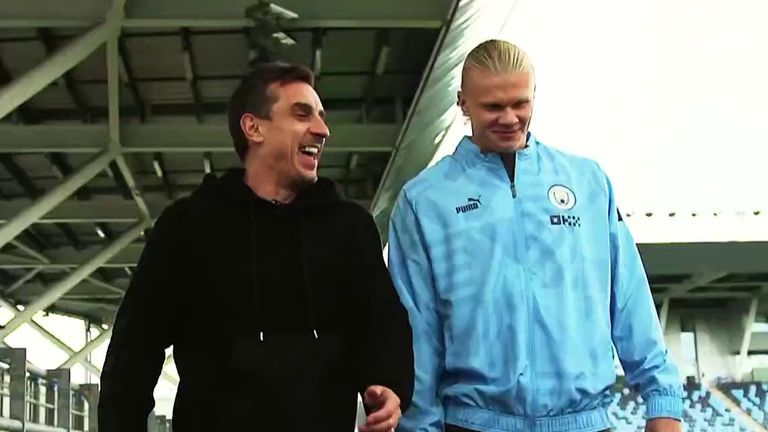

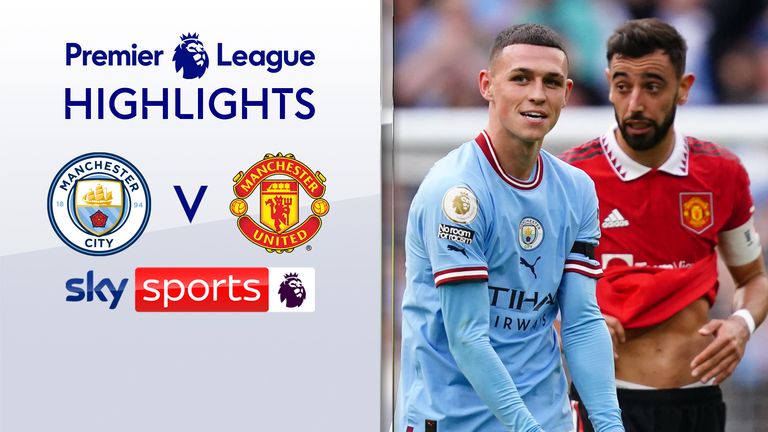
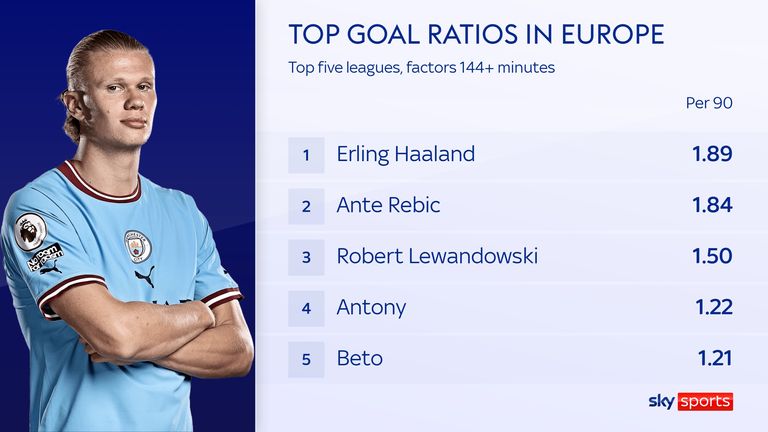
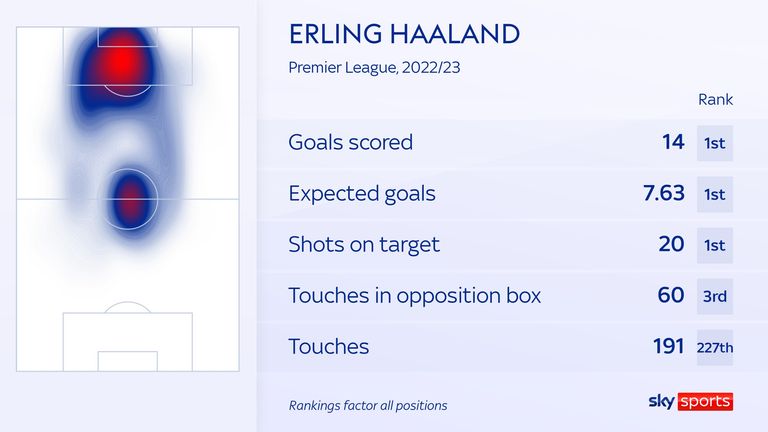
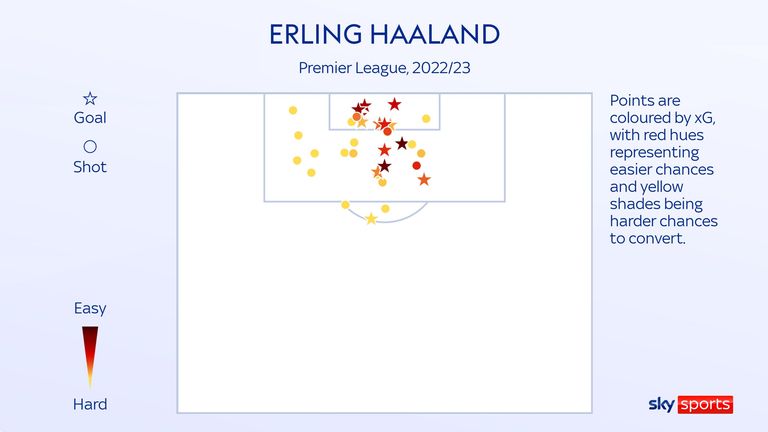
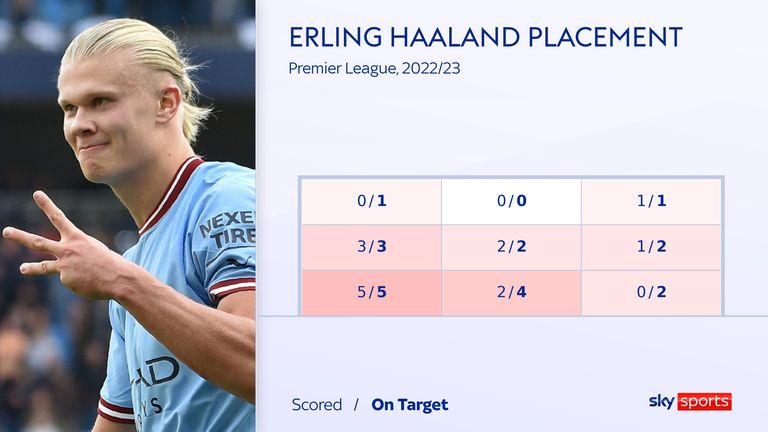
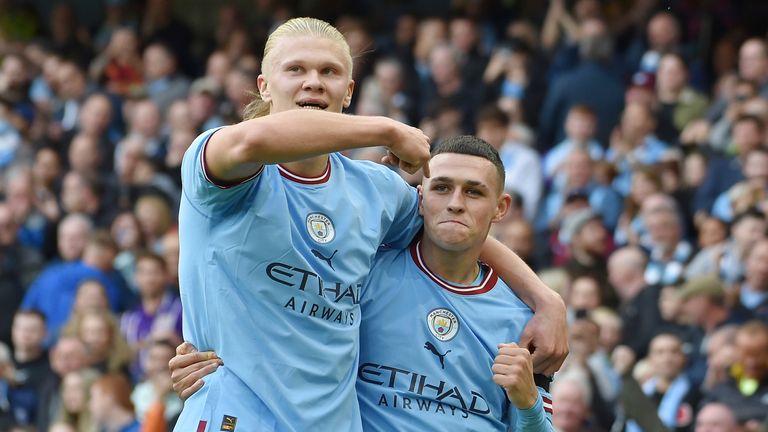
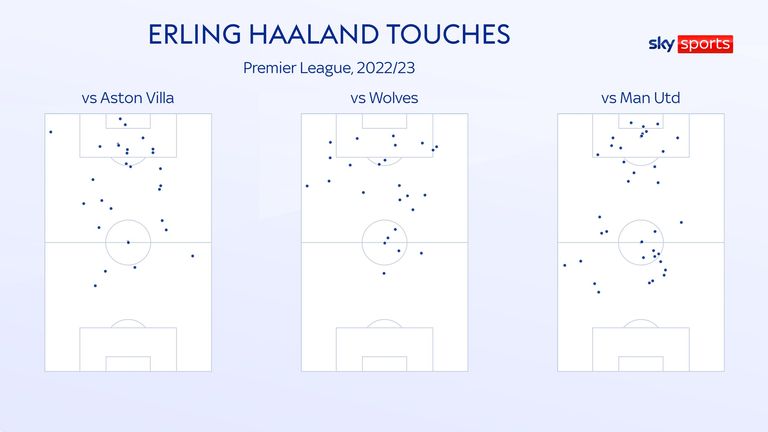
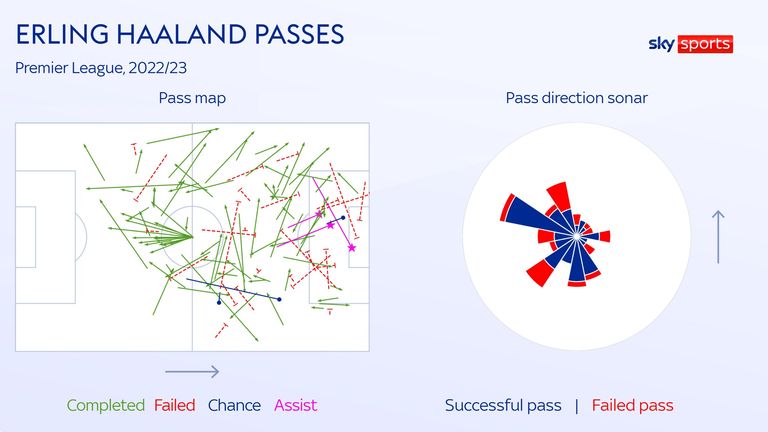
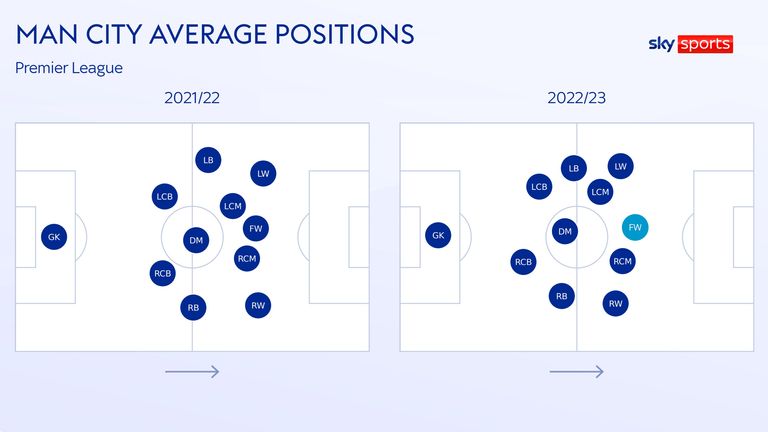





More Stories
Should NFL explore possible tampering by Dolphins with Tom Brady?
Commitment Breakdown: Four-star 2023 DB Michael Daugherty to LSU
Which teams come out of the Play-In?